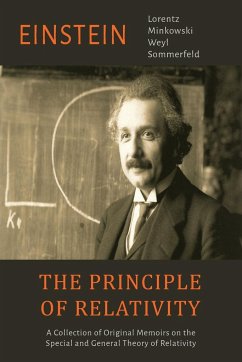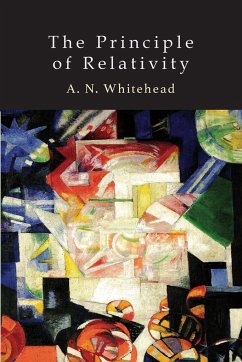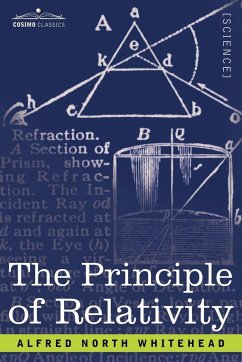The principle of least action originates in the idea that, if nature has a purpose, it should follow a minimum or critical path. This simple principle, and its variants and generalizations, applies to optics, mechanics, electromagnetism, relativity, and quantum mechanics, and provides an essential guide to understanding the beauty of physics. This unique text provides an accessible introduction to the action principle across these various fields of physics, and examines its history and fundamental role in science. It includes - with varying levels of mathematical sophistication - explanations from historical sources, discussion of classic papers, and original worked examples. The result is a story that is understandable to those with a modest mathematical background, as well as to researchers and students in physics and the history of physics.
Bitte wählen Sie Ihr Anliegen aus.
Rechnungen
Retourenschein anfordern
Bestellstatus
Storno









